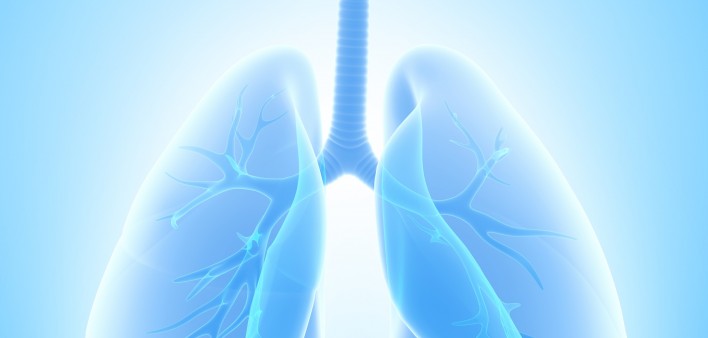People with HIV who have reduced lung function have a higher risk of death, Infectious Disease Advisor reports.
Publishing their findings in the Annals of the American Thoracic Society, researchers assessed lung function among 396 HIV-positive participants of three cohorts between 2008 and 2009.
During a median 69 months of follow-up, 32 participants (8 percent) died.
After adjusting the data for various factors, the study authors found that having a postbronchodilator forced expiratory volume in 1 second (FEV1) to forced vital capacity (FVC) ratio of less than 0.7 was associated with a 2.47-fold increased risk of death from any cause. Additionally, a single-breath diffusion capacity for carbon monoxide (DLCO) test result below 60 percent was associated with a 2.28-fold increased risk of death.
When it came to CT or echocardiogram measures, none were associated with the risk of death after the researchers adjusted their data. However, before the data adjustment, having a greater wall thickness of medium-sized airways was linked to a 1.08-fold increased risk of death.
Coinfection with hepatitis C virus (HCV) was associated with a 2.68-fold greater risk of death. Having a higher HIV viral load at the study’s outset was associated with a 1.5-fold greater risk of death for every 10-fold relative increase in viral load.
“Airflow obstruction and impaired diffusing capacity appear to be associated with all-cause mortality in HIV-infected persons over an average of six years of follow-up,” the study authors concluded. “These data highlight the importance of lung dysfunction in HIV-infected persons and should be confirmed in larger cohorts and with extended follow-up periods.”
To read the Infectious Disease Advisor article, click here.
To read the study abstract, click here.







Comments
Comments